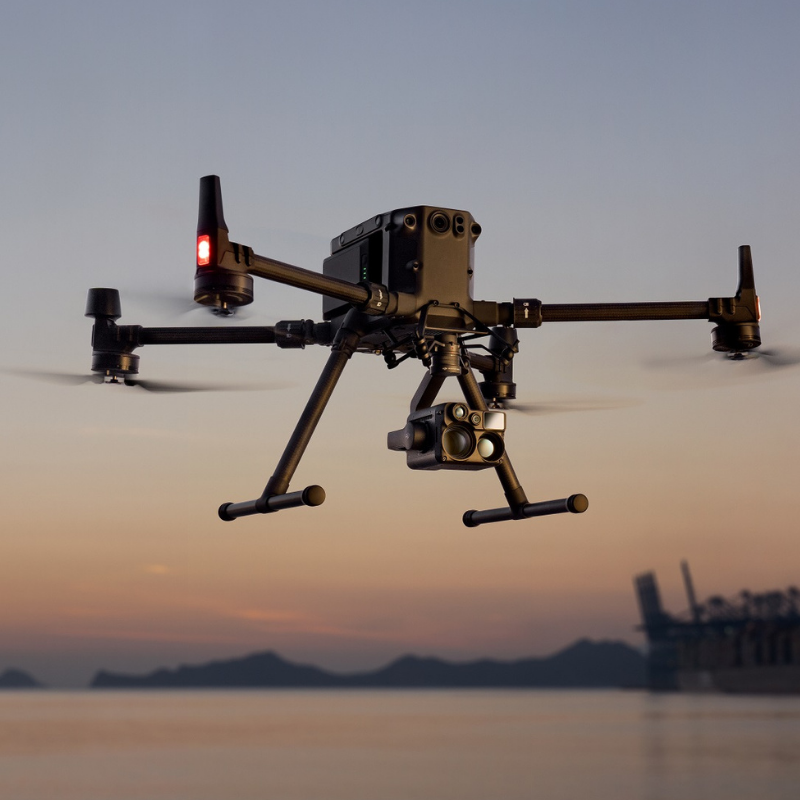
News
DJI Zenmuse H20N Vs H20T
Comparison between the DJI Zenmuse H20N and H20T payloads for the DJI M300 RTK drone. Find out which is best for your drone operations. ... Read More

Comparison between the DJI Zenmuse H20N and H20T payloads for the DJI M300 RTK drone;
H20N has dual thermal sensors, zoom and wide angle Starlight cameras, and laser rangefinder; H20T has zoom, wide angle and thermal sensors, plus laser rangefinder;
H20N provides the M300 RTK with significant improvements for nighttime operations, while the H20T has higher-quality visual sensors for daytime operations and inspection missions;
Both payloads share a range of smart features, but there are differences: H20N has synchronised zoom, H20T has AI Spot Check;
Best payload will depend on the conditions and the mission at hand: For this reason H20N and H20T can complement each other within a drone programme.
With its multi-sensor capabilities, the H20T has established itself as the cornerstone of many DJI M300 RTK operations.
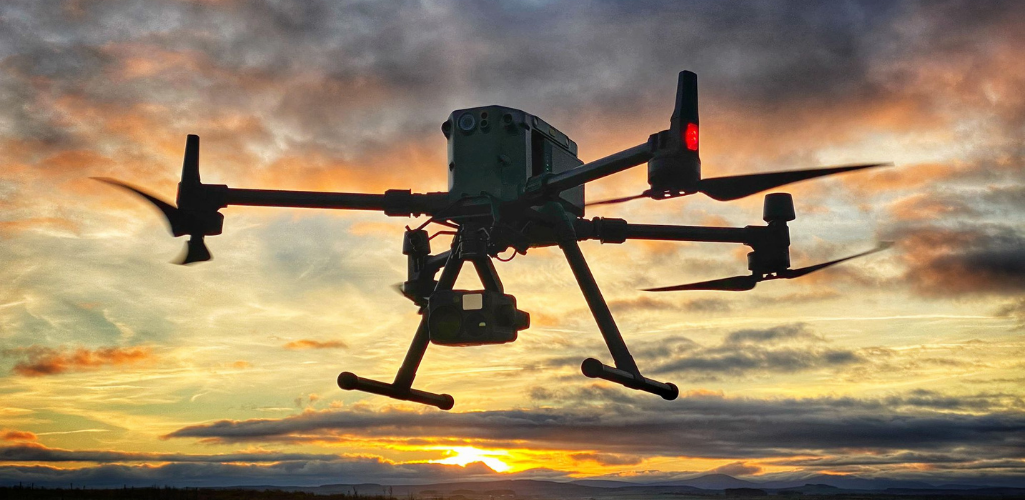
Since its release in the spring of 2020, this powerful payload has built an impressive portfolio of success, from helping to rescue missing people to doubling the efficiency of powerline inspections.
Almost two years later, the H20 series ecosystem (including the H20, which is the same as the H20T, but without thermal) has been bolstered by a new addition: The H20N night-vision camera.
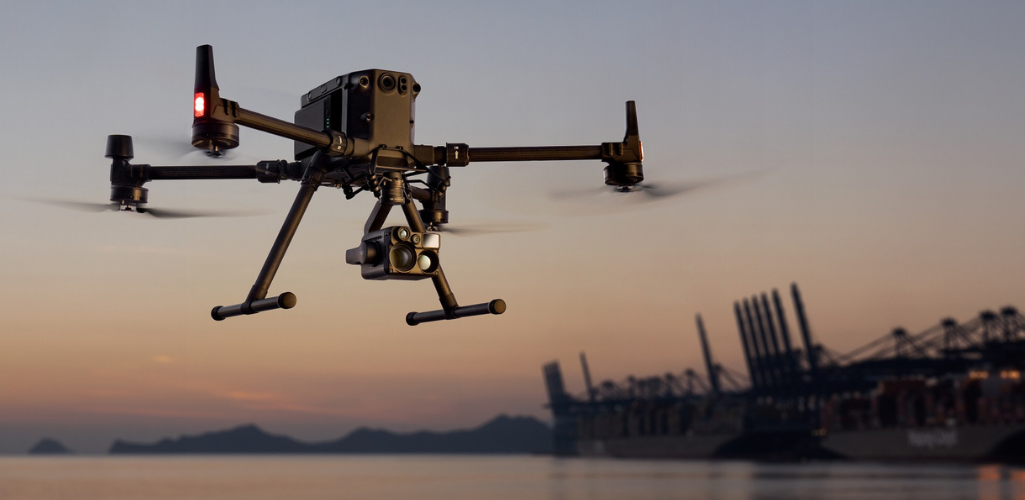
So, what does the H20N bring to the table? How does it compare to the H20T? And which missions are best suited to the H20N and H20T? Find out in this in-depth comparison.
H20N Vs H20T: The Cameras
The H20N and H20T are multi-sensor payloads. While they share some common features, there are differences between them.
The H20N has dual radiometric infrared thermal cameras - wide and tele - as well as zoom and wide sensors - both with night vision capabilities - plus a laser rangefinder...
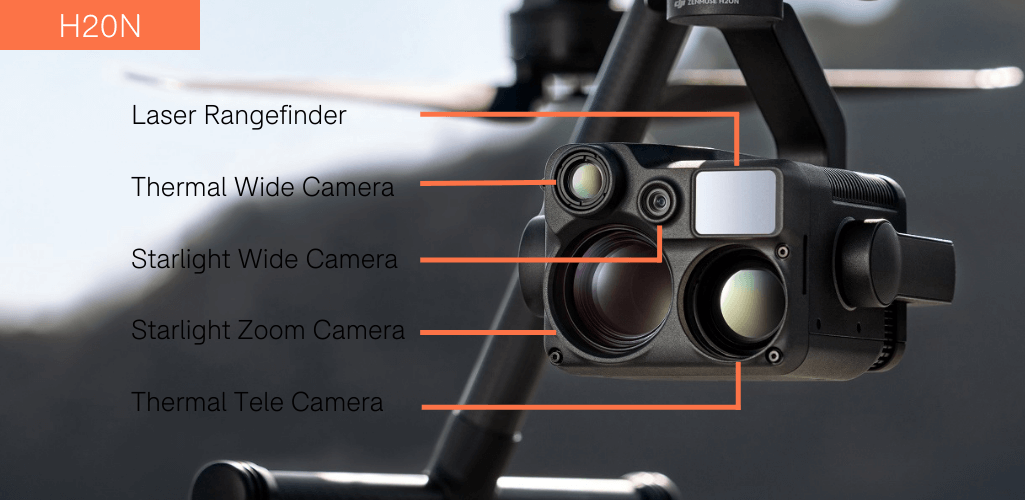
...while the H20T has a single radiometric thermal sensor, as well as wide and zoom cameras, and a laser rangefinder.
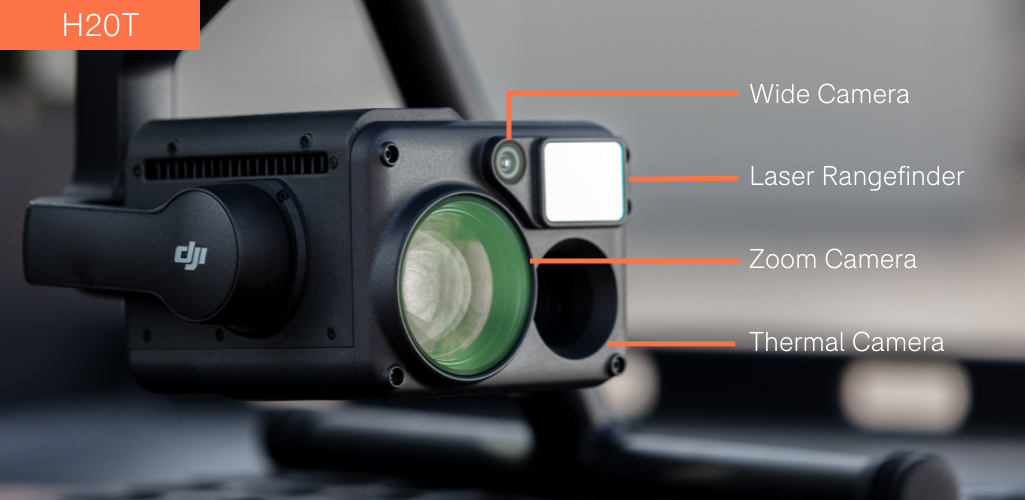
And here's how these different sensors perform:
H20N | H20T | |
Visual Camera | Zoom: 1/1.8" CMOS; 4MP; 20x Hybrid Zoom; 128x Max Zoom. Wide: 1/2.7" CMOS; 2MP Both the wide and zoom cameras have Starlight (night vision) capabilities | Zoom: 1/1.7" CMOS; 20MP; 23x Hybrid Zoom; x200 Max Zoom. Wide: 1/2.3" CMOS; 12MP |
Thermal Camera | Radiometric 640 x 512 @ 30Hz #1: 53mm (x2) #2: 196mm (x8) | Radiometric 640 x 512 @ 30Hz |
Laser Rangefinder | 3-1200m | 3-1200m |
So, what does it all mean?
First off, those Starlight sensors in the H20N's wide and zoom cameras make it an extremely powerful tool for low-light missions.
Indeed, during a half-moon night of 0.12 lux, it is possible to observe humans and vehicles 500m away.
And the images below show how the Starlight sensors increase the H20N's night-vision capabilities, as compared to the H20T.
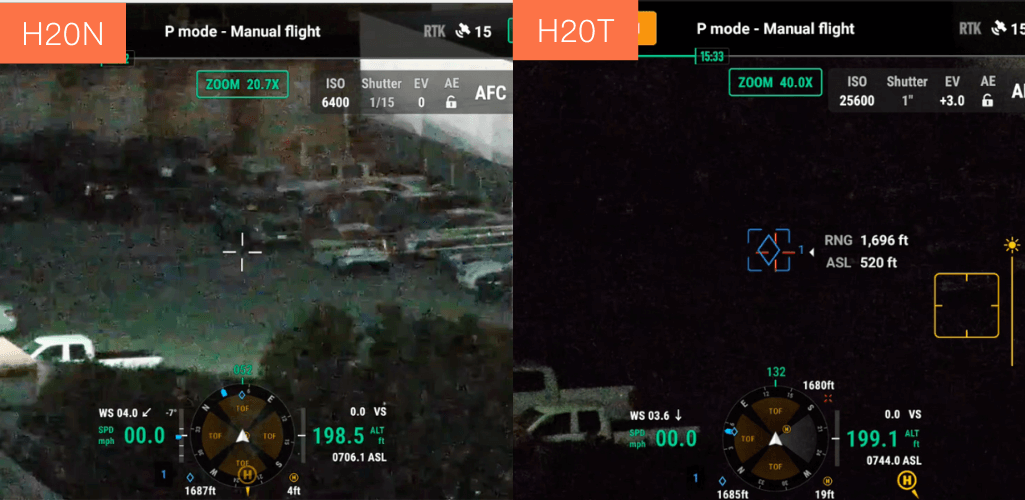
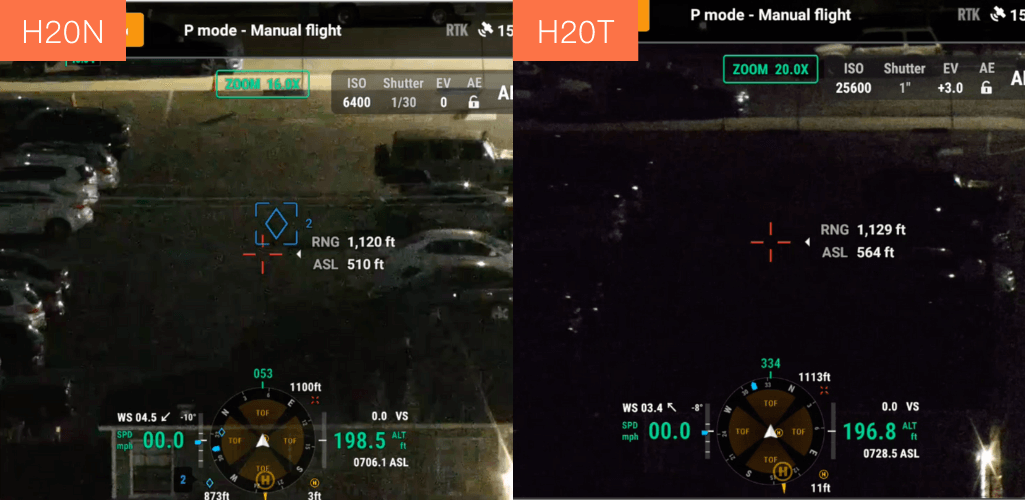
The images were captured at night, and compare the H20N's zoom Starlight camera with the H20T's zoom. The M300 RTK was at 60m/200ft AGL in both cases.
In the top image, the scene was 500 metres / 1,700 feet away from the drone, while in the second image, the scene was located 350m / 1,100ft away from the drone.
These examples aren't designed to knock the H20T, rather to show the strength of the H20N for nighttime operations.
The H20N also benefits from dual lens infrared thermal cameras, which further enhance the payload's ability at night.
The H20N's two infrared thermal cameras provide 2x and 8x zoom, which together enable up to 32x zoom - significantly increasing the thermal observation distance, and producing results like this - as seen in the images below and captured 425m / 1,400ft away from the drone, while flying at 60m / 200ft AGL.
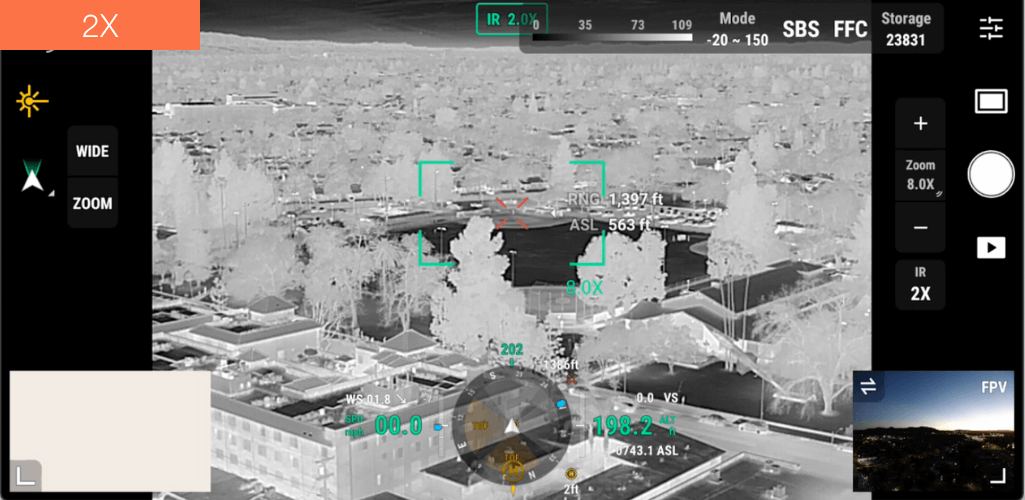
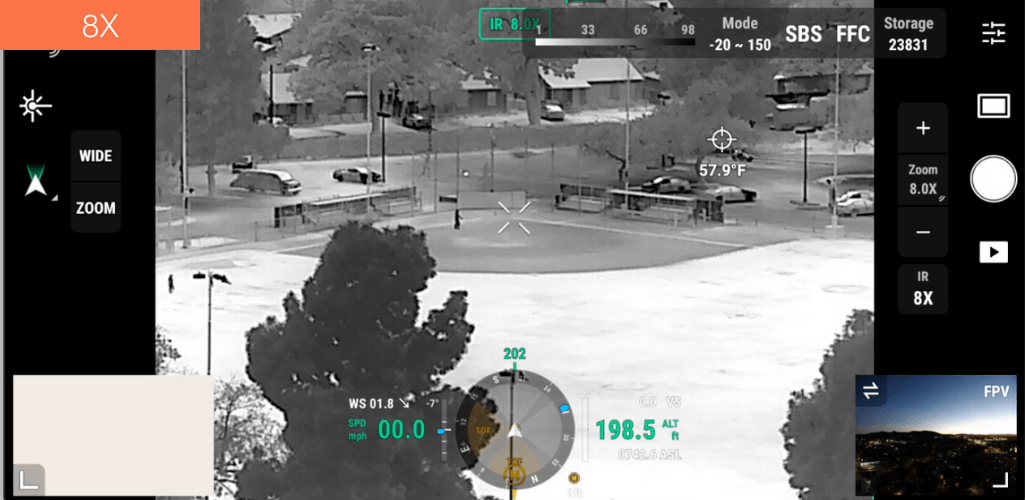
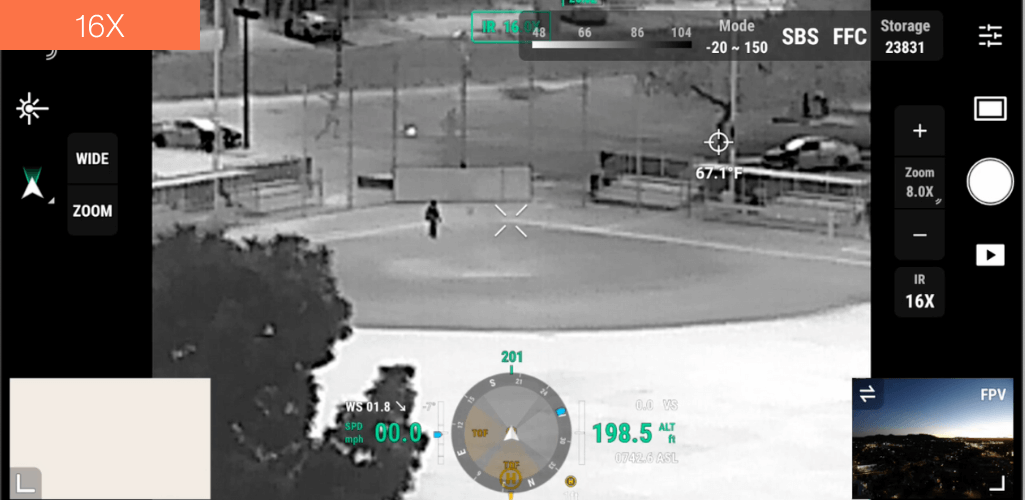
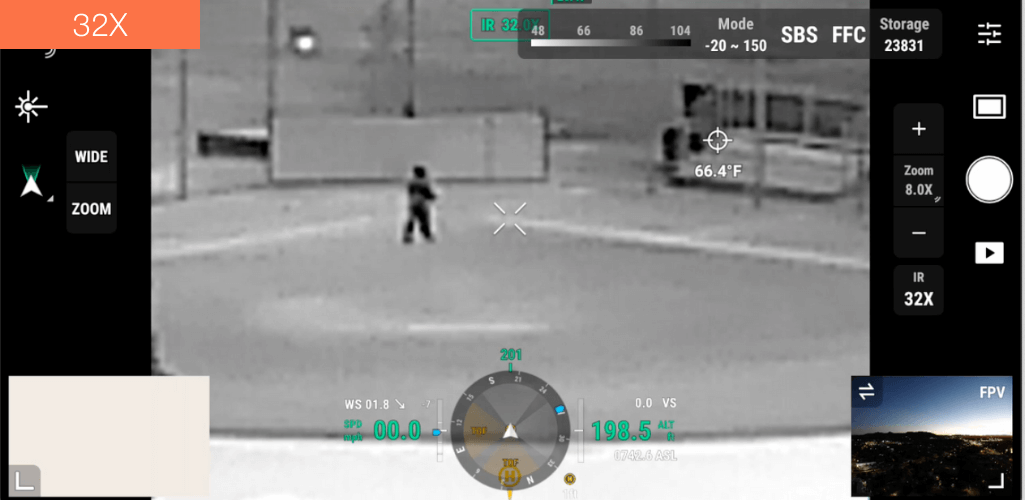
In contrast, the H20T's single thermal sensor can achieve a maximum of 8x digital zoom. The quality of this 8x zoom is shown in comparison to the much older XT2.

That said, the H20T's thermal capabilities are not to be scoffed at, still capable of providing crucial data - especially in daytime conditions - which can be deployed for a range of use cases, such as public safety...
...and utilities inspection.

The H20N and H20T share numerous thermal features, such as isotherms, colour palettes, and temperature alarms.
However, it is important to stress that the H20N's thermal camera is not built for collecting precise measurements that are required in inspection scenarios, with the payload not specifically targeted for these types of missions. This makes the H20T better suited for inspection operations, especially when also throwing into the mix its higher-quality visual cameras (more of this, shortly).
That said, if you are looking for an overall view or are flying at night, then the H20N is a potential solution for inspection missions.
And, this is just it: For all the H20N is a stand-out option for low-light environments, things are different when it comes to daytime missions, especially inspection scenarios.
Specifically designed for nighttime operations, the H20N has a very large pixel size to allow in more light for premium nighttime performance. But this means that the overall pixel count is reduced, especially compared to the H20T.
This gives the H20T the edge on the visual camera front, when visibility is good.
For instance, the H20T's zoom camera is 20MP, providing super clear zoom imagery like this...
...while it can achieve a maximum of 200x zoom. This is extremely powerful, as the example below shows. Look at the red building - pictured below with 5x zoom...
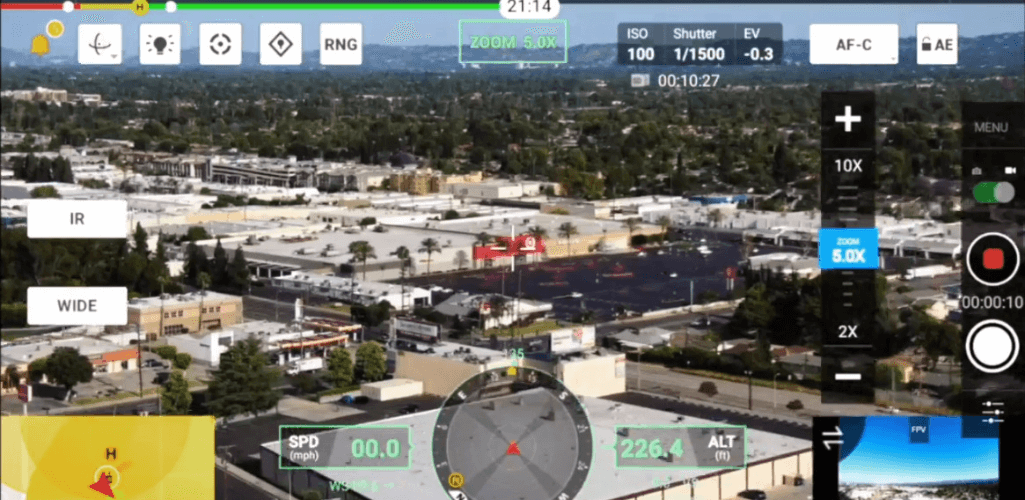
...and then zooming to 40x zoom...
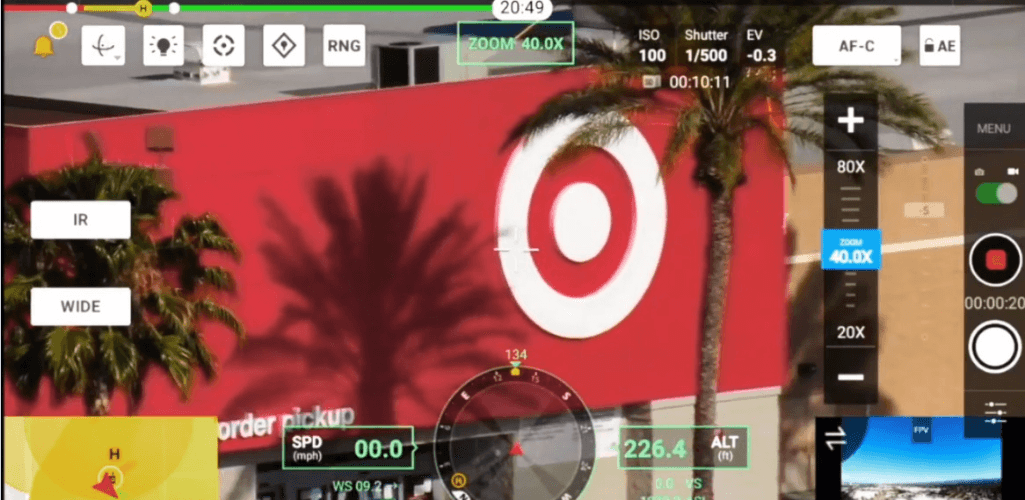
...and then 200x zoom!
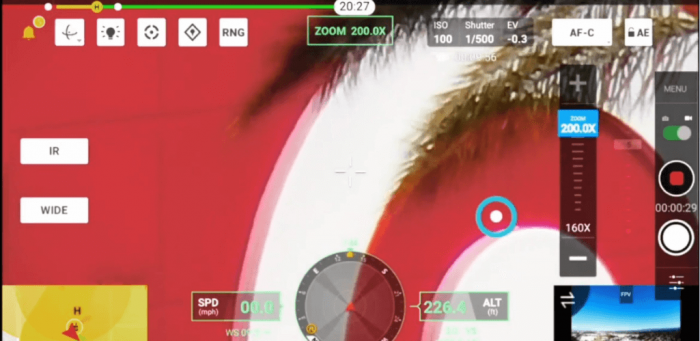
In contrast, the H20N's zoom camera is 4MP and can achieve a maximum of 128x zoom.
The H20T also has a 12MP wide angle camera, compared to the 2MP version on the H20N.
For these reasons, the H20T is a great option when conditions are bright and clear, especially for visual data capture and inspection scenarios.
H20N Vs H20T: Smart Features
The H20N and H20T come with a suite of smart features, as shown in the table below:
H20N | H20T | |
Quick View Switch | ✓ | ✓ |
Simultaneous Zoom | ✓ | X |
Smart Pin | ✓ | ✓ |
Look at Pin | ✓ | ✓ |
Smart Track | ✓ | ✓ |
Live Mission Planning | ✓ | ✓ |
AI Spot Check | X | ✓ |
Night Mode | ✓ | ✓ |
Double Click to Target | ✓ | ✓ |
Panorama Mode | ✓ | ✓ |
Security Encryption | ✓ | ✓ |
As displayed in the table, the H20N benefits from synchronised split-screen zoom. This enables operators to synchronise the zoom between the thermal and starlight night vision cameras. Users can scale both images at the same time, doubling efficiency, enhancing visibility in challenging conditions and making it easier to compare details side by side.
In contrast, the H20T has AI Spot Check. This feature allows operators to automate routine inspections and capture consistent results every time: Onboard AI recognises the pre-marked subject of interest in subsequent automated missions to ensure consistent framing.
The fact that the H20T utilises AI Spot Check is further proof that it is a more ideal solution for inspection missions, compared to the H20N.
H20N Vs H20T: Design
The H20N and H20T are engineered for the DJI M300 RTK.
Thanks to their rugged design and high endurance, they have been built to enable efficient and effective data collection.
The table below sets out their key design specifications, including their IP44 rating, which allows them to be used with the IP45 M300 RTK.
H20N | H20T | |
IP Rating | IP44 | IP44 |
Operating Temperature | -20°C to 50°C | -20°C to 50°C |
Dimensions | 178 x 135 x 161 mm | 167 x 135 x 161 mm |
Weight | 878±5 g | 828±5 g |
Endurance (with M300 RTK) | 42 mins | 43 mins |
Supported SD Card | Supports a UHS-I Speed Grade 3 microSD card with a capacity of up to 128 GB | Supports a UHS-I Speed Grade 3 microSD card with a capacity of up to 128 GB |
Supported File Systems | exFAT | FAT32 (≤ 32 GB), exFAT (> 32 GB) |
H20N Vs H20T: Summary
The H20N and H20T are powerful multi-sensor payloads with plenty in common.
But some subtle differences optimise them for different mission scenarios.
The N in H20N stands for night vision, and the starlight sensors coupled with the dual thermal capabilities make the H20N the stand-out sensor at night or in low-light environments. Indeed, the H20N was engineered to provide the M300 RTK with significant improvements for nighttime operations.
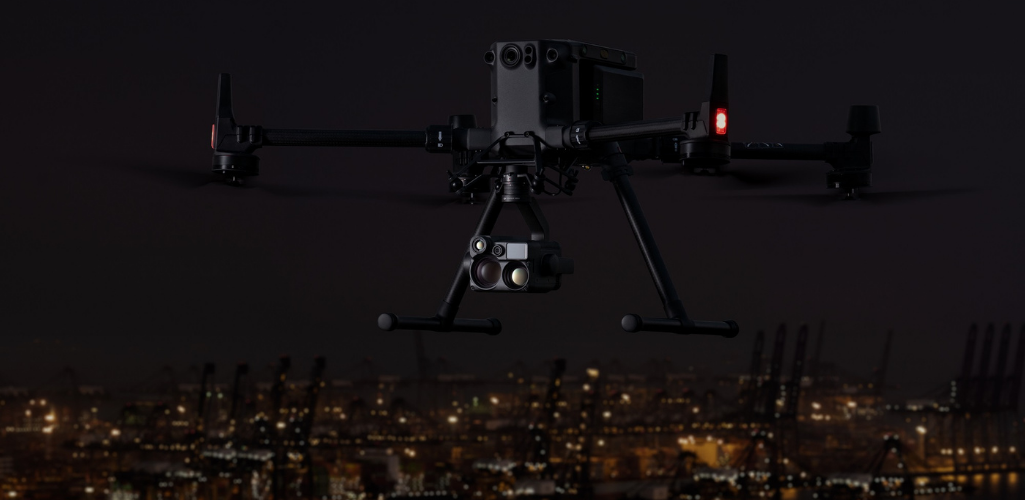
In contrast, the H20T is an effective solution during the day, especially with the higher quality visual sensors (zoom and wide),and makes it particularly potent for inspection missions.
Therefore, the best payload for you will depend on the conditions and the mission at hand, but we anticipate the H20N and the H20T will complement each other, with both having a role to play, especially for public safety teams.
Contact us to discuss the H20N and H20T payloads and find out how heliguy™ can help you start and scale your drone programme.
